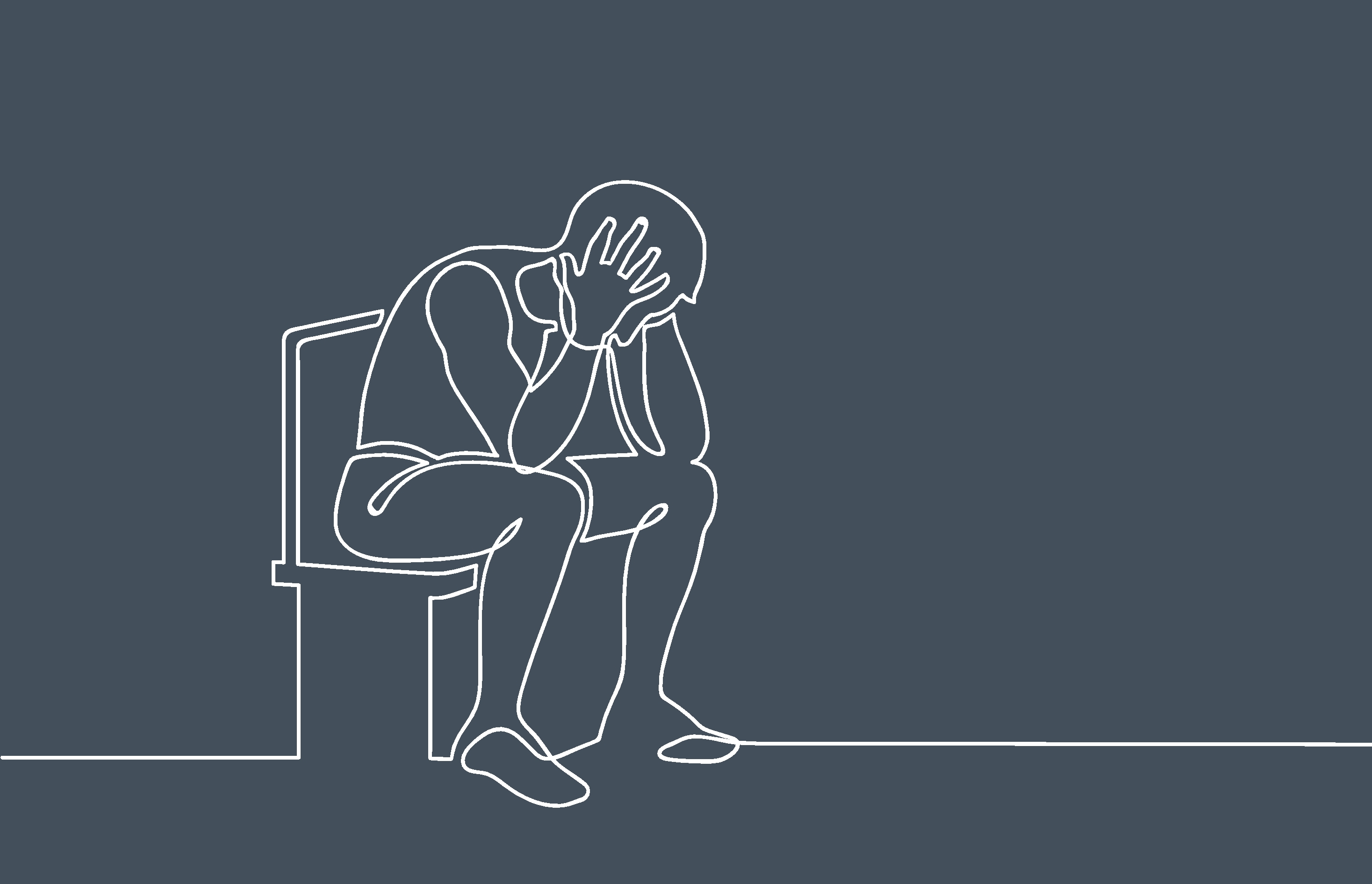Patients with severe major depressive disorder (MDD) may either experience loss of appetite and weight, and insomnia, or in contrast, increased appetite and weight, low energy, and hypersomnia. The former (typical MDD) is associated with higher cortisol levels and an overlap with mental disorder-linked genes. The latter (immunometabolic MDD) is associated with immunoinflammatory and metabolic dysregulation, and an overlap with obesity and metabolic dysregulation genes, explained an expert at WCP 2021.
Major depressive disorder is heterogeneous
Insomnia and hypersomnia are both symptoms of major depressive disorder
Many symptoms contribute to the concept of MDD, said Professor Brenda Penninx, Amsterdam UMC, Netherlands, with 257 symptom combinations leading to a diagnosis of MDD.1 Some symptoms are even in opposite directions, for example insomnia and hypersomnia.
The heterogeneity of MDD is highlighted by differing responses to antidepressants.2 Antidepressants are effective, said Professor Penninx, but not for everyone. Finding the best treatment for a patient can be a process of trial and error.
Three major patient subtypes can be identified
The atypical subtype is characterized by increased appetite and weight, low energy, hypersomnia and leaden paralysis
A data-driven analysis of the symptoms of over 818 people with mild-to-severe recurrent MDD has revealed three different MDD subtypes of patient,2 said Professor Penninx.
The three subtypes were identified among patients enrolled in The Netherlands Study of Depression and Anxiety study, for which Professor Penninx is the principal investigator and scientific director. They are:
- Severely depressed patients who experience loss of appetite and weight, insomnia and suicidal thoughts, ie, typical MDD (∼50% of patients)
- Equally severely depressed patients who in contrast experience increased appetite and weight, low energy, hypersomnia and leaden paralysis ie, atypical MDD (∼25% of patients)
- Moderately depressed patients with a lower severity of the majority of symptoms (∼25% of patients)2
Typical vs atypical major depressive disorder
Typical and atypical MDD subtypes have different pathophysiologic and genetic associations
The typical and atypical MDD subtypes are not only characterised by differing symptomatology but also by differing correlates, course of illness, and pathophysiologic and genetic associations,3 said Professor Penninx.
Patients with the typical subtype were more likely to:
- Smoke3
- Experience early and later life trauma3
- Display more persistent anxiety and thoughts of suicidality over time4
- Have higher cortisol levels indicating hyperactivity of the hypothalamic-pituitary axis5
- Overlap with mental disorder-linked genes6
Patients with the atypical subtype were more often female3 and were more likely to have:
- An earlier onset of symptoms3
- Display a poor metabolic profile at baseline and follow-up4
- Have immunoinflammatory and metabolic dysregulation, and leptin and insulin resistance4,5
- Overlap with obesity and metabolic dysregulation genes6
Atypical MD has been designated immunometabolic MDD
To reflect its immunoinflammatory and metabolic characteristics, the atypical subtype has been designated immunometabolic MDD.7
The differing characteristics of typical and immunometabolic MDD suggest differences in their underlying etiology, said Professor Penninx.
Implications of the immunometabolic subtype for personalized treatment
Immunometabolic MDD appears to be linked to metabolic and somatic conditions indicative of a shift in energy balance from expenditure to accumulation,4 said Professor Penninx. It therefore forms an appropriate starting point for evaluation of personalized treatment strategies.
For the latest updates on sea.progress.im, subscribe to our Telegram Channel https://bit.ly/telePiM
Our correspondent’s highlights from the symposium are meant as a fair representation of the scientific content presented. The views and opinions expressed on this page do not necessarily reflect those of Lundbeck.




